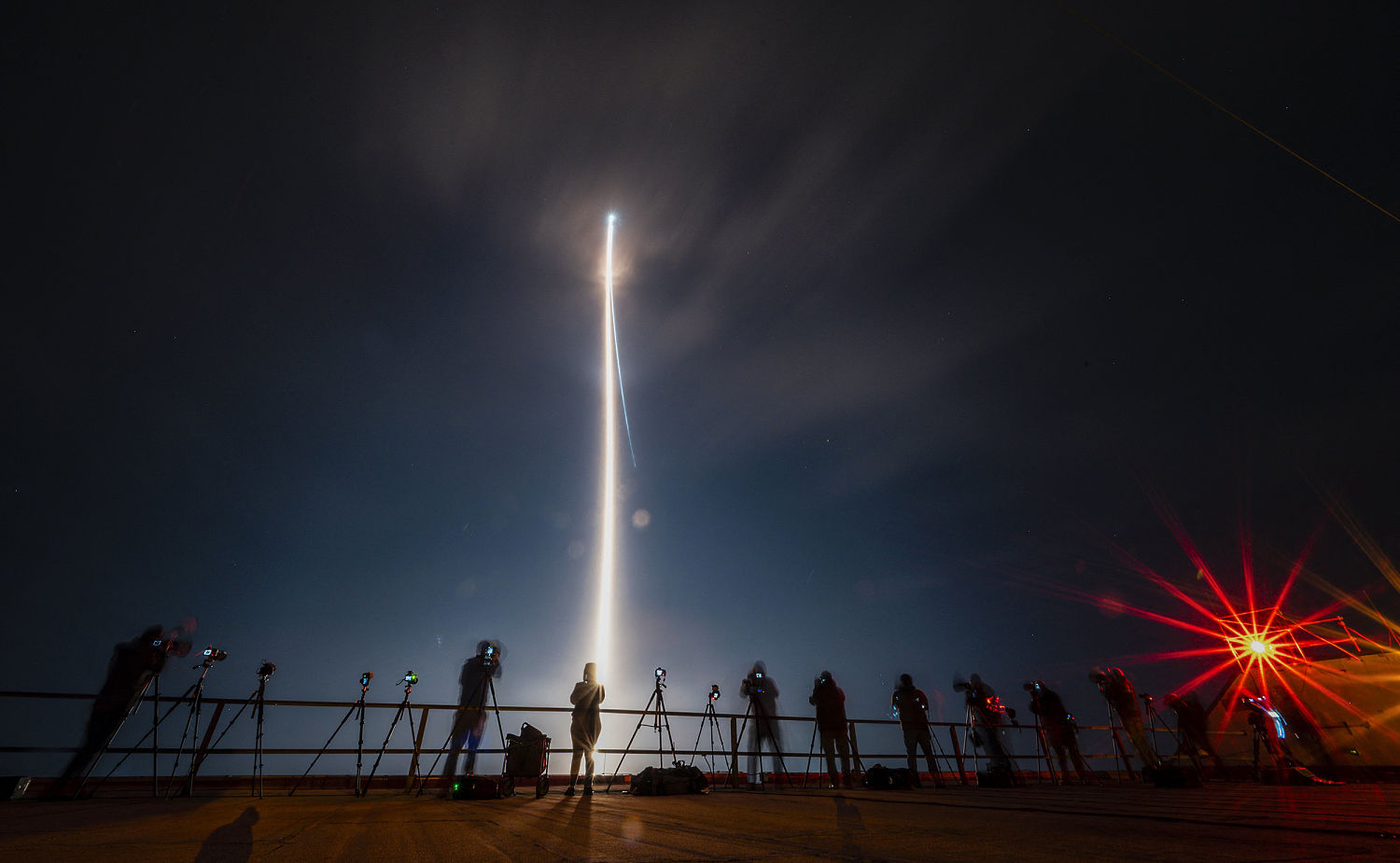The moon has always captivated humanity’s imagination and curiosity. Over 50 years since the last U.S. lunar landing, a groundbreaking event is about to take place. In an unprecedented mission, the United States is set to launch its first lunar lander, ushering in a new era of commercial space exploration.
A Historic Achievement
During the 1960s and 70s, the Soviet Union and the U.S. achieved numerous successful moon landings. China joined this elite club in 2013, and India followed suit in 2023[^1^]. Last year, both Russia and a private Japanese company made attempts, albeit unsuccessful, to touch down on the lunar surface[^2^][^3^]. However, the upcoming mission will mark the United States’ triumphant return.
A Race to the Moon
In a race against time, SpaceX will provide the lift for a lander from Intuitive Machines. The Nova-C lander, taking a more direct route, could potentially attempt a landing within days or even hours of SpaceX’s spacecraft. The descent to the lunar surface will undoubtedly be a thrilling and nerve-wracking experience[^4^].
A Payload of Possibilities
This remarkable mission not only involves flying experiments for NASA but also opens up a new commercial frontier. Astrobotic, a leading player in the field, has packed its 6-foot-tall Peregrine lander with an eclectic assortment of cargo. From a chip of rock from Mount Everest to toy-size cars from Mexico that will roam the lunar surface, the lander carries a range of items. Additionally, it carries the ashes and DNA of space enthusiasts, including the legendary “Star Trek” creator Gene Roddenberry and science fiction writer Arthur C. Clarke[^4^].
Respecting the Lunar Legacy
As with any venture, concerns have been raised. The Navajo Nation sought to delay the launch, citing the presence of human remains as a challenge to their cultural beliefs. While the objections came too late for this mission, Astrobotic remains committed to finding a path forward that respects the views of Native Americans while continuing the exploration of space[^4^].
A New Chapter in Lunar Exploration
The significance of this mission goes beyond the scientific and commercial aspects. Celestis, one of the companies that purchased space on the lander, emphasizes that no single culture or religion can lay claim to the moon. The moon belongs to all of humanity, and this mission represents a collective step forward in expanding our knowledge and presence in the cosmos[^4^].
Dreaming Big
The aim of this first flight is not solely profitability. The dreams and hopes of countless individuals ride on the success of this mission. It paves the way for future lunar explorations, inspiring generations to reach for the stars and explore the unknown depths of our universe[^4^].
To learn more about this exciting endeavor, visit F5mag.com for updates and in-depth coverage of the U.S. lunar lander mission.
Source: First U.S. lunar lander in more than 50 years rockets toward moon with commercial deliveries
[^1^]: India joins lunar club, successfully lands spacecraft on moon
[^2^]: Russia aims to launch own lunar lander in 2021
[^3^]: Private Japanese company’s lunar lander crashes during moon landing attempt
[^4^]: First U.S. lunar lander in more than 50 years rockets toward moon with commercial deliveries

